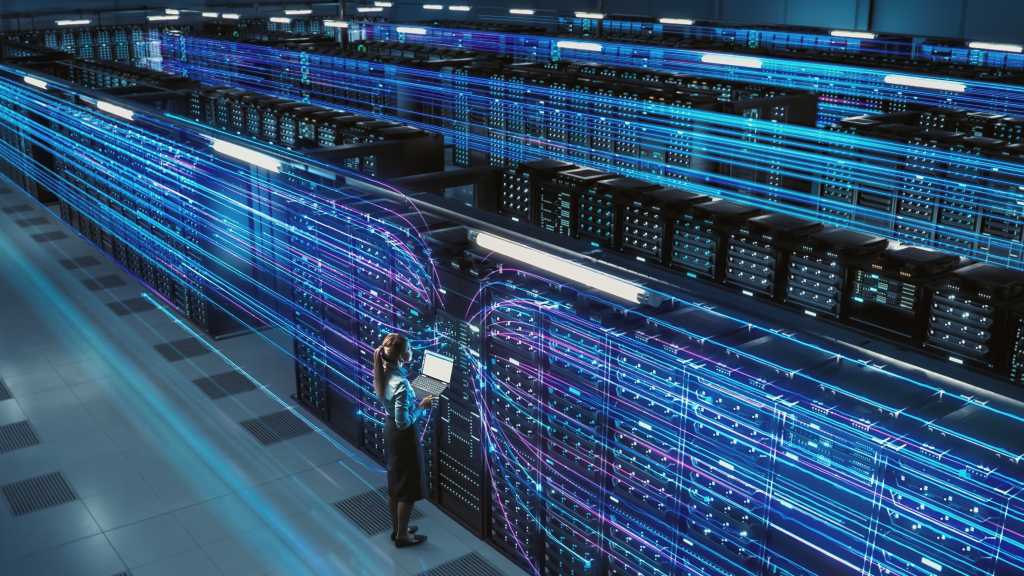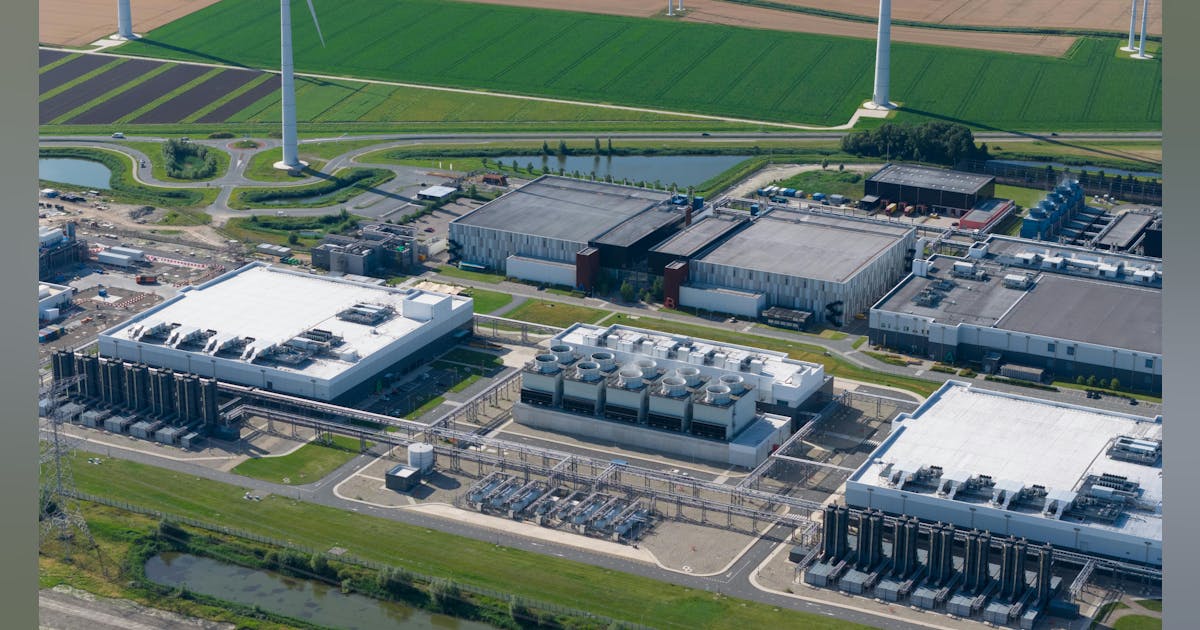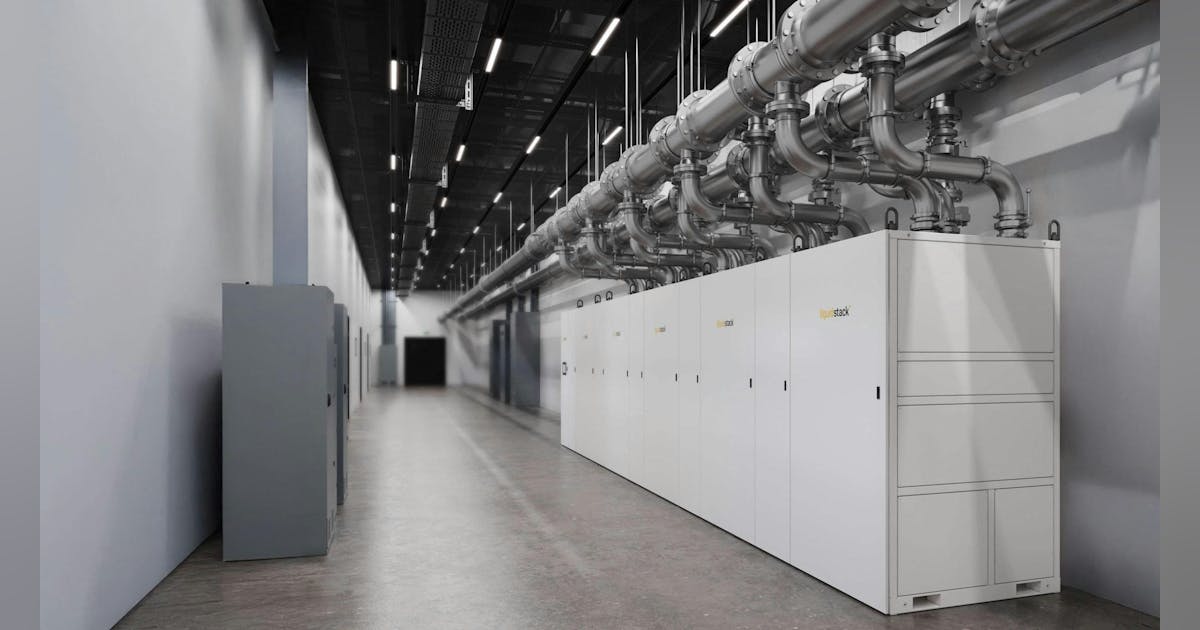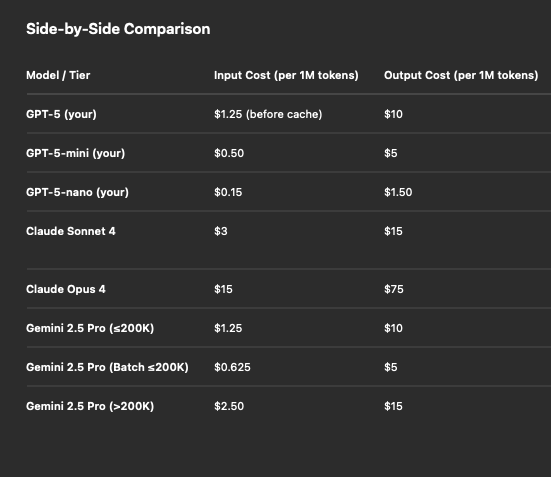Join our daily and weekly newsletters for the latest updates and exclusive content on industry-leading AI coverage. Learn More
Relyance AI, a data governance platform provider that secured $32.1 million in Series B funding last October, is launching a new solution aimed at solving one of the most pressing challenges in enterprise AI adoption: understanding exactly how data moves through complex systems.
The company’s new Data Journeys platform, announced today, addresses a critical blind spot for organizations implementing AI — tracking not just where data resides, but how and why it’s being used across applications, cloud services, and third-party systems.
“The fundamental premise is making sure that our customers have this AI native, context-aware view, very visual view of the entire journey of data across their applications, services, infrastructures, third parties,” said Abhi Sharma, CEO and co-founder of Relyance AI, in an exclusive interview with VentureBeat. “You can really get at the heart of the why of data processing, which is the most foundational layer needed for general AI governance.”
The launch comes at a pivotal moment for enterprise AI governance. As companies accelerate AI implementation, they face mounting pressure from regulators worldwide. More than a quarter of Fortune 500 companies have identified AI regulation as a risk in SEC filings, and GDPR-related fines reached €1.2 billion in 2024 alone (approximately $1.26 billion at current exchange rates).
How Data Journeys tracks information flow where others fall short
The platform represents a significant evolution from conventional data lineage approaches, which typically track data movement on a table-to-table or column-to-column basis within specific systems.
“The status quo for data lineage is basically table to table and column level lineage. I can see how data moved within my Snowflake instance or within my S3 buckets,” Sharma explained. “But nobody can answer: Where did it come from originally? What nuanced transformation happened between data pipelines, third-party vendors, API calls, RAG architectures, to finally land up here?”
Data Journeys aims to provide this comprehensive view, showing the complete data lifecycle from original collection through every transformation and use case. The system starts with code analysis rather than simply connecting to data repositories, giving it context about why data is being processed in specific ways.
Lawrence Schoeb, senior director and DPO at Samsara, one of Relyance’s customers, said in a statement, “The automated, context-aware data lineage capabilities would address our most pressing challenges. It represents exactly what we’ve been looking for to support our global AI governance framework.”
Four business problems that data visibility promises to solve
According to Sharma, Data Journeys delivers value in four critical areas:
First, compliance and risk management: “Today, you kind of are required to vouch for integrity of data processing, but you can’t see inside. It’s basically blind governance,” Sharma said. The platform enables organizations to prove the integrity of their data practices when facing regulatory scrutiny.
Second, precise bias detection: Rather than just examining the immediate dataset used to train a model, companies can trace potential bias to its source. “Bias often happens at inference time, not because you had bias in the dataset,” Sharma noted. “The point is, it’s actually not that dataset. It’s the journey it took.”
Third, explainability and accountability: For high-stakes AI decisions like loan approvals or medical diagnoses, understanding the complete data provenance becomes essential. “The why behind that is super important, and many times, the incorrect behavior of the model is completely dependent on the multiple steps it took before the inference time,” Sharma explained.
Finally, regulatory compliance: The platform provides what Sharma calls a “mathematical proof point” that companies are using data appropriately, helping them navigate increasingly complex global regulations.
From hours to minutes: Measurable returns on better data oversight
Relyance claims the platform delivers measurable returns on investment. According to Sharma, customers have seen 70-80% time savings in compliance documentation and evidence gathering. What he calls “time to certainty”—the ability to quickly answer questions about how specific data is being used—has been reduced from hours to minutes.
In one example Sharma shared, a direct-to-consumer company was switching payment processors from Braintree to Stripe. An engineer working on the project inadvertently created code that stored credit card information in plain text under the wrong column name in Snowflake.
“We caught that at the time the code was checked in,” Sharma said. Without Data Journeys’ visual representation of data flows, this potential security incident might have gone undetected until much later.
Keeping sensitive data inside your walls: The self-hosted option
Alongside Data Journeys, Relyance is introducing InHost, a self-hosted deployment model designed for organizations with strict data sovereignty requirements or those in highly regulated industries.
“The industries that are most interested in the in-host option are more regulated industries — FinTech and healthcare,” said Sharma. This includes banking, fraud detection, credit worthiness applications, genetics, and personal healthcare services.
The flexibility to deploy either in the cloud or within a company’s own infrastructure addresses growing concerns about sensitive data leaving organizational boundaries, particularly for AI applications that might process regulated information.
Relyance AI’s expansion plans point to growing AI governance market
Relyance is positioning Data Journeys as part of a broader strategy to become what Sharma calls “a unified AI-native platform” for global privacy compliance, data security posture management, and AI governance.
“In the second half of this year, I’m launching an AI governance solution which will be a 360-degree management of all AI footprint in your environment,” Sharma revealed, encompassing compliance, real-time ethics monitoring, bias detection, and accountability for both third-party and in-house AI systems.
The company’s long-term vision is ambitious. “AI agents are going to run the world, and we want to be that company that provides the infrastructure for organizations to trust and govern it,” Sharma said. “We want to help improve the data utility index of the world.”
Investors bet big on data governance as competition heats up
Relyance faces competition from established players in adjacent spaces. In an earlier interview with TechCrunch, Sharma acknowledged competitors including OneTrust, Transcend, DataGrail, and Securiti AI, though he emphasized that Relyance’s integrated approach sets it apart.
Investors seem convinced of the company’s potential. Its $32.1 million Series B round in October 2024, led by Thomvest Ventures with participation from Microsoft’s M12 Ventures Fund, brought Relyance’s total funding to $59 million.
Umesh Padval, Managing Director at Thomvest Ventures, highlighted the urgency of the problem Relyance is solving: “Relyance AI empowers Chief Privacy, Security, and Information Officers to manage data privacy and compliance, avoiding costly penalties while driving safe and responsible AI adoption.”
Why data oversight might determine AI success in the enterprise
Sharma framed the company’s mission as part of a broader imperative for organizations implementing AI technologies.
“AI is becoming kind of the default imperative in your organization, and everybody needs to think about that core, foundational pillar in your organization, which is going to be the infrastructure for trust and governance,” he said.
“Whether leaders use Relyance or not, it is an important aspect to think about, because that will really unlock how fast you can get AI adoption in a meaningful way within an organization.”
As enterprises rush to implement AI, the ability to maintain visibility into data processes has evolved from a mere compliance checkbox to a fundamental business necessity. This shift represents one of those quiet but profound changes that doesn’t make headlines but reshapes industries. Companies building these visibility tools are essentially creating the air traffic control systems for AI—not the flashy jets themselves, but the infrastructure that prevents them from crashing into each other. Without it, even the most impressive algorithms become corporate liabilities.
Daily insights on business use cases with VB Daily
If you want to impress your boss, VB Daily has you covered. We give you the inside scoop on what companies are doing with generative AI, from regulatory shifts to practical deployments, so you can share insights for maximum ROI.
Read our Privacy Policy
Thanks for subscribing. Check out more VB newsletters here.
An error occured.




















